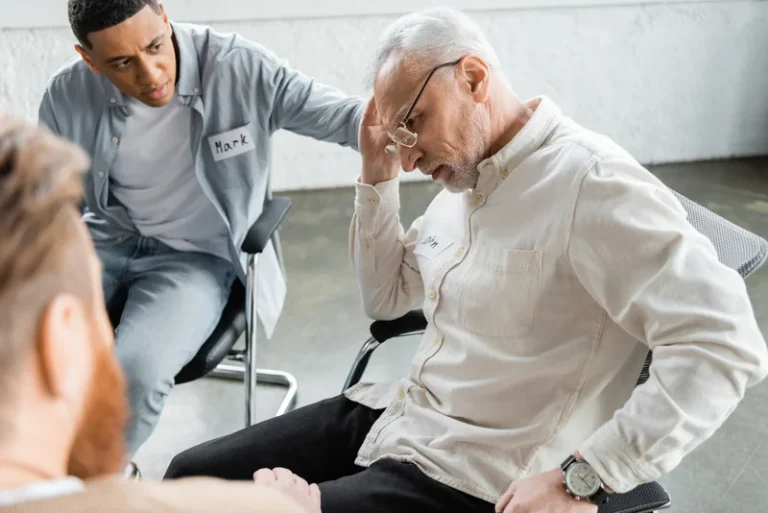
However, the most recent edition of the DSM no longer creates this distinction. Addiction is primarily a behavioral and psychological issue, often linked to changes in the brain’s reward system. Dependence can occur with the use of certain medications, such as painkillers or antidepressants, even when taken as prescribed. It reflects a physiological adaptation, not necessarily a behavioral compulsion. Based on the information above, we can conclude that addiction and dependence are not the same, although they are often confused or used interchangeably.
- If you were addicted to the substance, just cutting down wouldn’t ordinarily work.
- Healthcare providers can help by slowly weening the patient off the substance and/or prescribing medication to help ease withdrawal symptoms.
- It’s possible to be dependent on a drug without being addicted (think caffeine withdrawal).
- It should not be used in place of the advice of your physician or other qualified healthcare provider.
What is the difference between substance abuse and substance dependence?
These clinics also provide medications to ease some of the symptoms. Currently, most healthcare providers consider drug addiction and drug dependence as separate issues with different treatment options. Start by understanding the difference between drug dependence and addiction so that you can appropriately talk about it, ask informed questions, and address it in your inner circles. Recognize that having a treatment center or sober living home in your neighborhood is not undesirable. When addiction is related to drugs or alcohol, the condition is also called a substance use disorder.
Substance Abuse
Issues as multi-layered and overlapping as these beg for complex solutions. Addiction needs to be treated addiction vs dependence as a public health problem, not a crime. What’s important to note is that drug dependence often leads to addiction. That being said, most opioid users do not become addicted to opioids. Understanding the distinction in the language is important in understanding treatments, symptoms, and risks. Unlike tolerance, which focuses on how much of the substance you need to feel its effect, physical dependence happens when your body starts to rely on the drug.

How To Avoid Addiction And Dependence?

Our writers and reviewers are experienced professionals in medicine, addiction treatment, and healthcare. AddictionResource fact-checks all the information before publishing and uses only credible and trusted sources when citing any medical data. For example, opioid withdrawal may cause anxiety and insomnia, while opioid intoxication typically leads to calmness and drowsiness. Withdrawal symptoms can also trigger intense cravings for the substance, which may lead individuals to resume use to alleviate the symptoms and delay the withdrawal process. What starts as a choice can quickly spiral into a situation where the individual feels powerless to stop, even in the face of severe consequences.

Health Conditions

You consent to receive SMS notifications and promotions from Addictionresource. Similarly, a person who previously got high from any strain of marijuana might now need a more potent variety. This reflects the body’s adaptation to the substance, which requires higher doses to produce the desired outcome. Keep reading to dive into the nuances of addiction vs. tolerance vs dependence for clarity and insights for effective intervention and support. Addiction can look different from person to person, but some common symptoms indicate it may be time to seek help.
- They can help you determine whether it’s dependence or addiction and help you determine the best treatment option for you.
- The DSM-IV defines dependence and abuse as two completely different disorders.
- It’s a scenario that pits addiction versus abuse or addiction versus dependence.
- Like inpatient treatment, clinical staff are on hand to assist with detox, medication management, and withdrawal symptoms.
- While tolerance is observable during active drug use, withdrawal symptoms become evident in the hours or days following cessation.